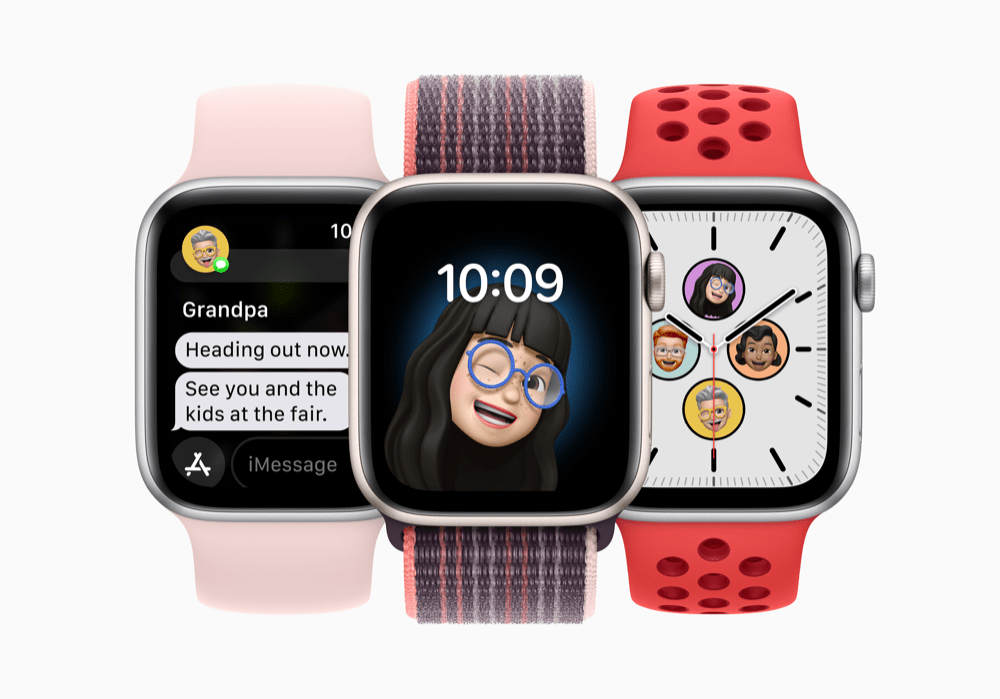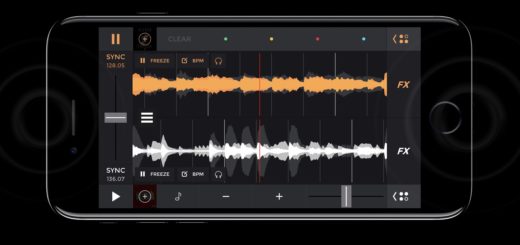How can Apple make Apple Watch apps interesting again?

While I know there’s a massive difference in the number of devices used ‘in the wild’, it is still quite interesting to me that Apple has been forced to reveal that the watchOS App Store has under a million active monthly users in Europe.
A million users a month?
Now, a million isn’t such a bad number but it is somewhat dwarfed by the 101 million iOS App Store users, the 23 million iPadOS users, or six million Mac App Store users. (The tvOS App Store has a million users, while Apple Books and paid podcasts also have under a million active users).
So, how can Apple make the Apple Watch app store more interesting?
I guess it is important not to overstate the problem (if it is a problem).
You see, in many cases when you install an app on your iPhone your device quietly also makes an equivalent app available to the watch. You then get to install or not install it from the Watch app on the iPhone, but you don’t spend a lot of time in the watchOS App Store. It’s kind of sideloading behind Apple’s wall.
But I still think there’s got to be some way for Apple to stimulate this market a little.
Turn the developers on
In some ways doing so will come down to system level improvements, such as opening up some of what the Apple Watch does to developers by liberating additional APIs.
Others will be around extending what we already do with Apple Watch, which for most people is exercise, use Maps, play a little music and pay bills, transit fares and open doors. What can Apple build for those uses that developers can extend to create apps people will use?
We think we know Apple is working on at least one of these notions with its AI-driven health coach.
That’s going to make the device more useful, and presumably that added engagement will stimulate added interest in apps.
We also think we know Apple plans to let a watch sync accords multiple devices, including iPads and Macs.
While that claim is a sketchy leak, it does rather hint that the watch will host a much faster processor and will be far more capable of doing everything it does independent of an iPhone.
A state of independence?
Such independence has been on the cards ever since the device first gained its own eSIM. Perhaps all of them will have this in future, particularly once Apple builds its own 5G modems.
In theory, at least, you might be able to use a 5G-equipped Apple Watch as a hotspot for your PC or Mac.
Making the device more independent will also help motivate developers to deliver better Apple Watch apps – at present, they aren’t quite so motivated to do so as they know that most of the time the user has an iPhone with them.
[But also read: Oceanic+ app turns Apple Watch Ultra into a dive computer]
Another approach Apple may be trying is some huge, big, massive, promised but barely described innovation within watchOS 10. At least some in the ‘Apple-verse’ think the company is going to give Apple Watch “the biggest software update since 2015”.
That’s when Apple introduced third party apps, new watch faces and a heart rate sensor.
But whatever Apple does choose to introduce needs to offer some excitement to developers, who will no doubt be hoping for new APIs and new features they can exploit to better complement the apps they make on Apple’s other platforms.
They will want the watch to be a great companion, sure, but they’ll also want it to develop the capacity to operate alone.
That’s got to mean apps that react to health data, voice, sound, and location.
It may mean a device with a lot more on-board intelligence, the construction of which may account for claims of power struggles within the company’s existing teams.
It may even just mean you’ll be able to share Apple Watch faces you design yourself more easily with your friends.
Perhaps developers could be given the chance to take over the entire watch face to create a look that’s suitable for their app and enables users to surface all the app information in glances? A little more interactivity, a little more intelligence?
What can it do for the Mac?
I’m thinking that even as a companion device to a Mac app the watch could provide an additional set of tools that make sense to use from the wrist. (We know Apple looks at this because you can open Mac with watch).
For me, at least, the most logical feature might be enhancements around dictation and voice control – I could use my watch as a mic to dictate emails or articles just by asking it to do so, the text would appear in the app of whatever Apple device I happened to be using.
But I think the trick is to find a way to make apps on the watch as essential as the Activity app has become. It’s about taking all the information the watch gathers and making it actionable (and private) and finding ways in which developers might be able to provide useful utilities based on that.
We already see this in all those health and fitness apps it supports – we already see it in music and podcasts. With this in mind I think the next step for Apple Watch will be defined in some way by accessibility, on-board intelligence, and independence of the iPhone.
Perhaps we’ll learn more at WWDC.
Please follow me on Mastodon, or join me in the AppleHolic’s bar & grill and Apple Discussions groups on MeWe.




